The COVID-19 pandemic laid bare for the District of Columbia and other major cities that public transit was a lifeline for essential workers and that even modest fares could be a burden to them. So the nation’s capital is introducing a groundbreaking plan: It will begin offering free bus fares to residents next summer.
Other cities, including Los Angeles and Kansas City, Missouri, suspended fare collection during the height of the pandemic to minimize human contact and ensure that residents with no other travel options could reach jobs and services at hospitals, grocery stores and offices.
But D.C.’s permanent free fare plan will be by far the biggest, coming at a time when major cities including Boston and Denver and states such as Connecticut are considering broader zero-fare policies to improve equity and help regain ridership that was lost with the rise of remote and hybrid work. Los Angeles instituted free fares in 2020 before recently resuming charging riders. Lately LA Metro has been testing a fare-capping plan under which transit riders pay for trips until they hit a fixed dollar amount and then ride free after that, though new Mayor Karen Bass has suggested support for permanently abolishing the fares.
Analysts say D.C.’s free fare system offers a good test case on how public transit can be reshaped for a post-pandemic future.
“If D.C. demonstrates that it increases ridership, it reduces the cost burden for people who are lower income and it improves the quality of transit service in terms of speed of bus service, and reduces cars on the road, this could be a roaring success,” said Yonah Freemark, a senior research associate at the Urban Institute. “We just don’t know yet whether that would happen.”
The $2 fares will be waived for riders boarding Metrobuses within the city limits beginning around July 1. In unanimously approving the plan last week, the D.C. Council also agreed to expand bus service to 24 hours on 12 major routes downtown, benefiting nightlife and service workers who typically had to rely on costly ride-share to get home after the Metro subway and bus system closed at night.
A new $10 million fund devoted to annual investments in D.C. bus lanes, shelters and other improvements was also approved to make rides faster and more reliable.
“The District is ready to be a national leader in the future of public transit,” said D.C. Councilmember Charles Allen, who first proposed free fares in 2019 and says the program can be fully paid-for with surplus D.C. tax revenue. Roughly 85% of bus riders are D.C. residents. The Metro system also serves neighboring suburbs in Maryland and Virginia.
About 68% of D.C. residents who take the bus have household incomes below $50,000, and riders are disproportionately Black and Latino compared with Metrorail passengers, according to the council’s budget analysis.
Not everyone is a fan.
Peter Van Doren, a senior fellow at the D.C.-based Cato Institute, said the plan risks high costs and mixed results, noting that the opportunity to improve ridership may be limited because bus passengers have been quicker to return to near pre-pandemic levels. He said government subsidies to help lower-income people buy cars would go farther because not everyone has easy access to public transit, which operates on fixed routes.
“The beauty of automobiles is they can go anywhere and everywhere in a way that transit does not,” he said. “We don’t know the subset of low-income people in D.C. where transit is a wonderful option as opposed to not such a wonderful option.”
The council’s move, which will be finalized in a second vote later this month, came over the concerns of D.C. Mayor Muriel Bowser, who supports the concept of free fares but raised questions about the $42 million annual cost over the long term. “District residents and taxpayers will have to pay for this program,” she wrote in a letter to council members. “Our neighbors, Virginia and Maryland, should absorb some of these costs as their residents will benefit from this program as well.”
Allen also had proposed a $100 monthly transit benefit for D.C. residents to access the Metrorail system, but shelved the plan until at least fall 2024 due to the $150 million annual estimated cost. He described free bus fares as a “win-win-win” for the District because they will help the transit system recover and offer affordable, green-friendly travel while boosting economic activity downtown.
The Washington Metropolitan Area Transit Authority, which currently faces a budget deficit of $185 million, part of which it attributes to fare evasion, praised the plan as “bold.” It said it looked forward to working with the city council, mayor and regional stakeholders “toward our goal of providing more accessible and equitable service for our customers.”
Nationwide, while transit ridership has returned to about 79% of pre-pandemic levels, that figure varies widely by region. In New York City, for instance, MTA chief executive Janno Lieber has suggested that city and state government step up to pay for trains and buses more like essential public services, such as a fire department, citing millions of transit riders he believes may never come back. In 2019, fares made up over 40% of total transit revenue there but have since slid to 25%, leading to an anticipated $2.5 billion deficit in 2025 along with the risk of soon using up the transportation authority’s federal COVID relief funds.
In D.C., where bus fares amount to a modest 7% of total transit operating revenues, the transit agency may be able to more easily absorb losses from zero fares, said Art Guzzetti, the American Public Transportation Association’s vice president of mobility initiatives and public policy. He noted savings for city taxpayers from speeding up boarding, which could allow for more routes and stops, as well as reducing traffic congestion and eliminating the need for transit enforcement against fare evaders.
Currently, D.C. bus ridership stands at about 74% of pre-pandemic levels on weekdays compared to 40% for Metrorail.
Still, free fares can be a tough choice for cities. “If the consequence of a zero-fare program is you have less funds to invest in frequent service, then you’re going backwards,” Guzzetti said.
In Kansas City, which began offering zero-fares for its buses in March 2020 and has no planned end date, officials said the program has helped boost ridership, which has risen by 13% in 2022 so far compared with the previous year. The free fares amount to an $8 million revenue loss, with the city paying for more than half of that and federal COVID aid covering the rest through 2023, said Cindy Baker, interim vice president for the Kansas City Area Transportation Authority, who describes the program as a success.
The program has eliminated altercations between passengers and bus drivers over fares, although there have been more instances of passenger disputes due to an increase in homeless riders, according to the agency. Baker said the transit agency has been adding security in response to some rider complaints.
Ché Ruddell-Tabisola, director of government affairs for the Restaurant Association Metropolitan Washington, cheered free fares as a much-needed economic boost, showing D.C.’s commitment to the well-being of late-night bartenders and restaurant workers needing an affordable way home.
“A lot of industries have moved on from the pandemic, but for D.C.’s bars and restaurants, the pandemic is still happening everyday,” he said, citing the effects of hybrid work, inflation, gun violence and other factors that have hollowed out the downtown. “Anything that helps encourage diners to get to downtown D.C. and enjoy the world-class dining and entertainment we have is a great thing.”
(AP)

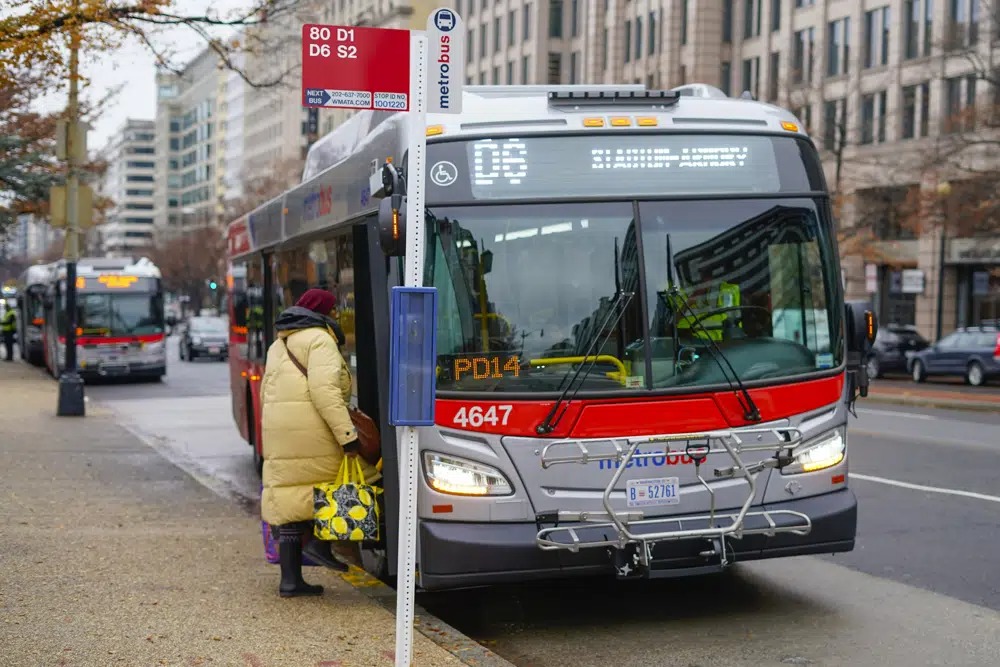
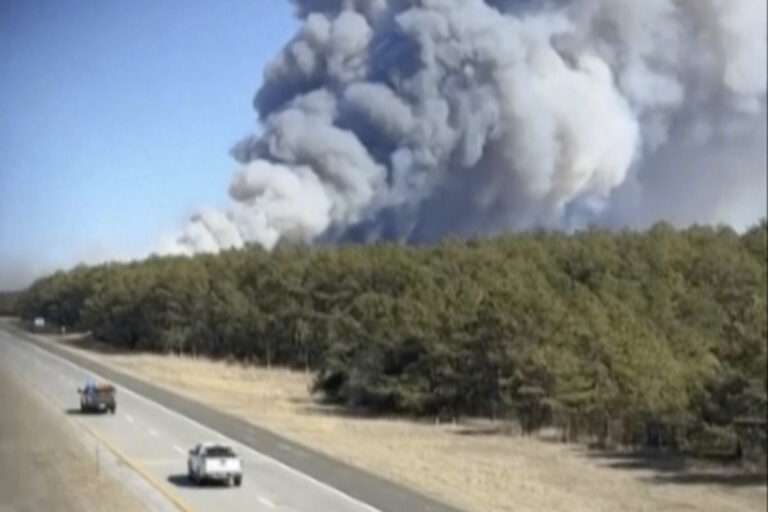

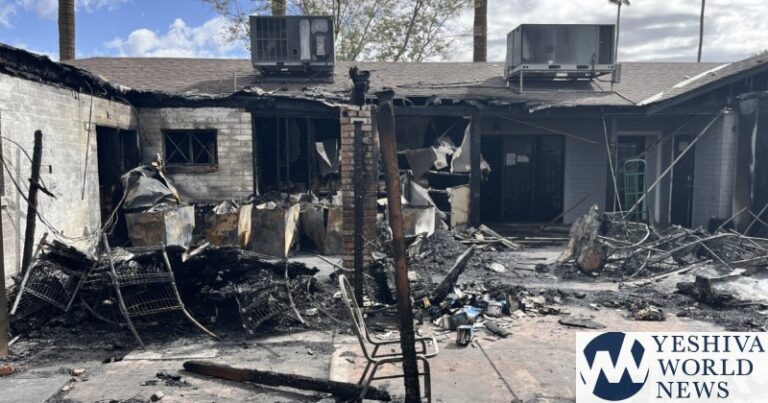

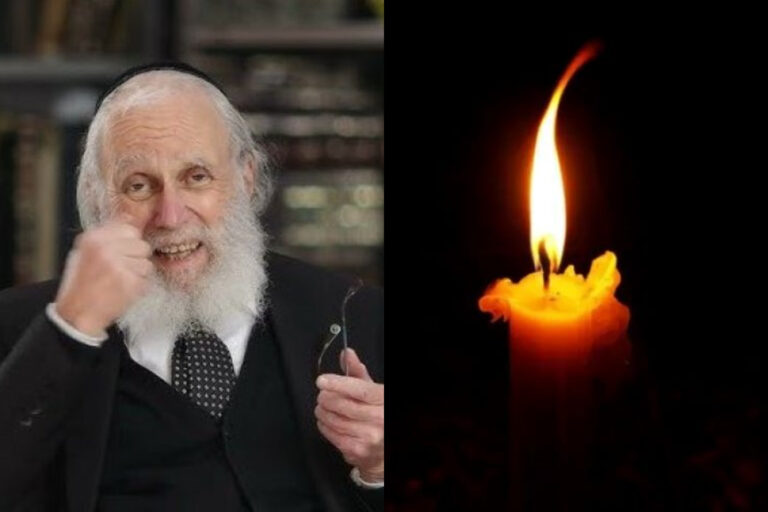


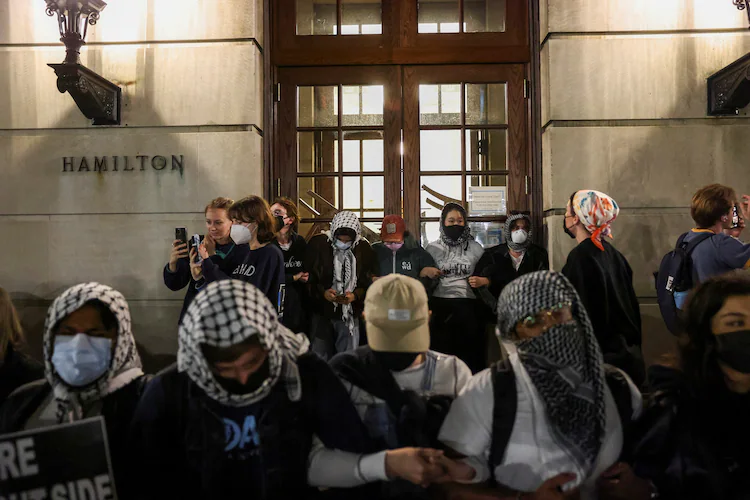


3 Responses
A socialist plan in the current city of socialism
Free fares during “Covid” were not a “lifeline” – they were a freebie that wasn’t required. Given the relative cost of transit versus car ownership or taxis (including Uber and Lyft), the cost in minimal. Furthermore, in DC, the leading employer is the Federal government, which especially for its blue collar jobs, is extremely well paying.
Instead of subsidies that don’t need them, it would make more sense to spend on infrastructure investments that are needed. One should note that for most of the last few years, a considerable portion of the Washington Area rapid transit was shut down or running on a reduced schedule due to what appears to have maintenance that was deferred too long.
I live in a town the size of Lakewood west of the Mississippi. My town has had fareless public transport for five years. It is a boon for everyone that uses this service. Prior to this a one way ride cost almost $3 back in 2017. I love this kind of socialism, where everyone chips in to make life better for others. Currently this program is funded via a surcharge on public utility bills, single family homeowners have a small charge of about $6.5 on their water bill. Large multi unit apartment complexes pay more.